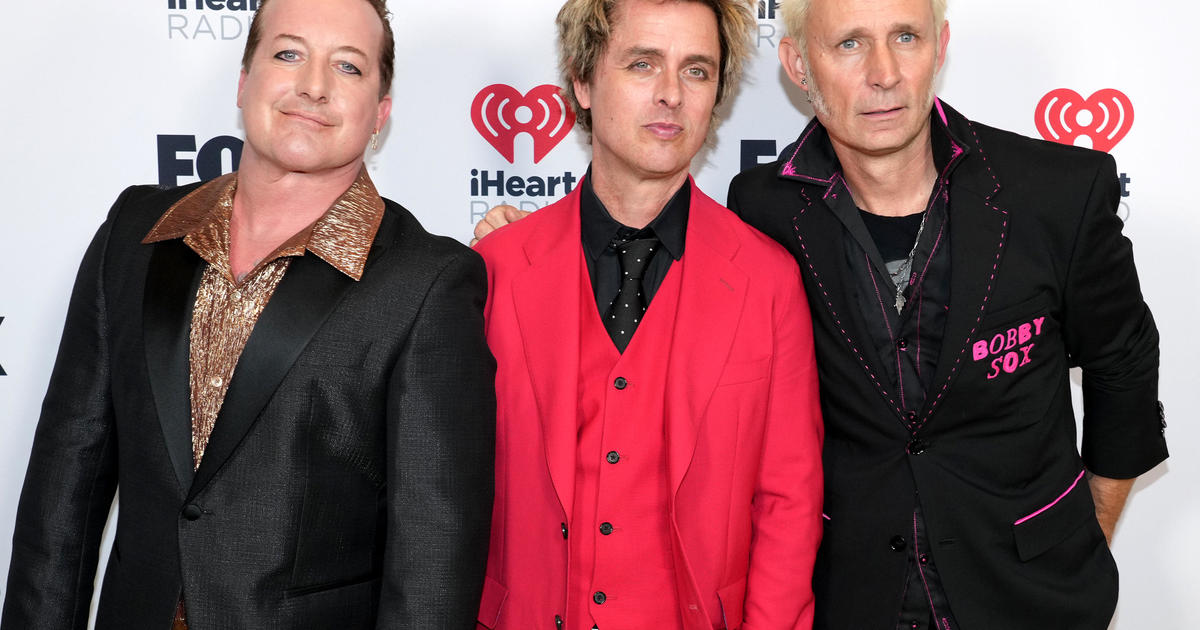Appetite-Suppressing Pacemaker-Like Device Gives Weight Loss A Boost
LOS ANGELES (CBSLA.com) — A device that promises to turn off hunger is the newest tool in the battle against overeating.
The Food and Drug Administration last month approved the pacemaker-like device known as the Maestro VBLOC.
"Everybody was caught off guard,"said Ken Fujioka, a weight-loss researcher at the Scripps Research Institute in San Diego. "It got approved much quicker than any of us thought."
Scripps is one of just a handful of sites nationwide to test the VBLOC in people, and the only one in Southern California.
Virginia Valles of East San Diego got her VBLOC four years ago and was one of the first patients to give it a try.
"I heard an ad on the radio for a clinical study, so it was going to be free and I figured, 'What did I have to lose?' " she thought.
At the time, she was more than 100 pounds overweight.
"My husband loves to eat. We had four sons who were just ravenous all the time, and they all just wanted to eat all the time," she recalled. "It all tempted me."
But since surgery, Valles says she's no longer tempted.
The VBLOC works similar to a pacemaker and uses a motor implanted underneath the skin and wires that connect it to cuffs placed around the vagus nerve, which runs from the brain to the intestines. That nerve plays a large role in regulating hunger.
"Your appetite will really go up if you're not signaling that you should be full," the doctor said.
The VBLOC turns on automatically, and tiny metal coils inside the cuffs send electrical pulses along the nerve about 12 hours a day.
Once the current is going, Fujioka says, "You get this feeling of fullness. It's like you just ate a nice, big meal."
While she doesn't feel any electrical charge, Valles can feel the device itself.
"Once in a while, I'll move wrong or I'll be exercising and I'll jiggle it, and I'll notice it," she explained. "The more weight you lose, the more you're aware of it."
Valles is 40 pounds from her weight loss goal, but she's happy with the slow, steady progress she has made.
Fujioka says that unlike other procedures that change how food gets digested, electrical stimulation simply changes the feedback to the brain.
"We're not messing, we're not goofing things up. We're just augmenting a normal thing that happens when we eat," Fujioka said.
About half the patients in the clinical trial at Scripps have had their VBLOC removed, so the procedure is reversible.
Doctors who want to offer the VBLOC will need to undergo training on how to perform the surgery. Both placing and removing the device require surgery, which always carries some risks. There is no word yet on how much it will cost or whether insurance companies will cover it.
For more information on the VBLOC, click here. To learn more about Fujioka, click here.
This segment was produced by CBS2 Medical Producer Gerri Shaftel Constant.



